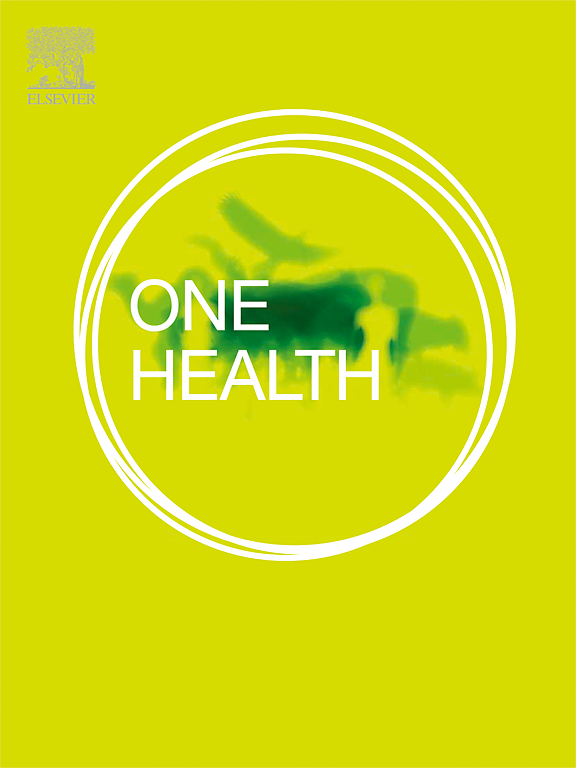One health behind bars: Seroincidence of Coxiella burnetii in women inmates, correctional officers, and feral cats
IF 4.1
2区 医学
Q1 INFECTIOUS DISEASES
引用次数: 0
Abstract
Although the Q fever causative agent Coxiella burnetii has presented a variety of infection sources, its epidemiology remains to be fully established in vulnerable populations. Accordingly, the aim of this study was to investigate the presence and dynamics of anti- C. burnetii antibodies and associated risk factors in incarcerated women, correctional officers and in-prison feral cats of a major Brazilian penitentiary complex in a one-year interval. Overall, 139/413 (33.7 %) inmates in 2020 and 68/166 (41.0 %) in 2021 were seropositive to C. burnetii by the indirect immunofluorescence assay (IFA). A statistical association was observed between seropositivity and inmate ethnicity (p = 0.0173), with Black individuals 2-fold more likely seropositive. No feral cat sample was seropositive. The one-year seroincidence was 14.5. The seroincidence and associated risk factors herein have been the first to C. burnetii during incarceration worldwide, serving as a One Health approach warning of Q Fever behind bars.
求助全文
约1分钟内获得全文
求助全文
来源期刊

One Health
Medicine-Infectious Diseases
CiteScore
8.10
自引率
4.00%
发文量
95
审稿时长
18 weeks
期刊介绍:
One Health - a Gold Open Access journal.
The mission of One Health is to provide a platform for rapid communication of high quality scientific knowledge on inter- and intra-species pathogen transmission, bringing together leading experts in virology, bacteriology, parasitology, mycology, vectors and vector-borne diseases, tropical health, veterinary sciences, pathology, immunology, food safety, mathematical modelling, epidemiology, public health research and emergency preparedness. As a Gold Open Access journal, a fee is payable on acceptance of the paper. Please see the Guide for Authors for more information.
Submissions to the following categories are welcome:
Virology,
Bacteriology,
Parasitology,
Mycology,
Vectors and vector-borne diseases,
Co-infections and co-morbidities,
Disease spatial surveillance,
Modelling,
Tropical Health,
Discovery,
Ecosystem Health,
Public Health.
 求助内容:
求助内容: 应助结果提醒方式:
应助结果提醒方式:


